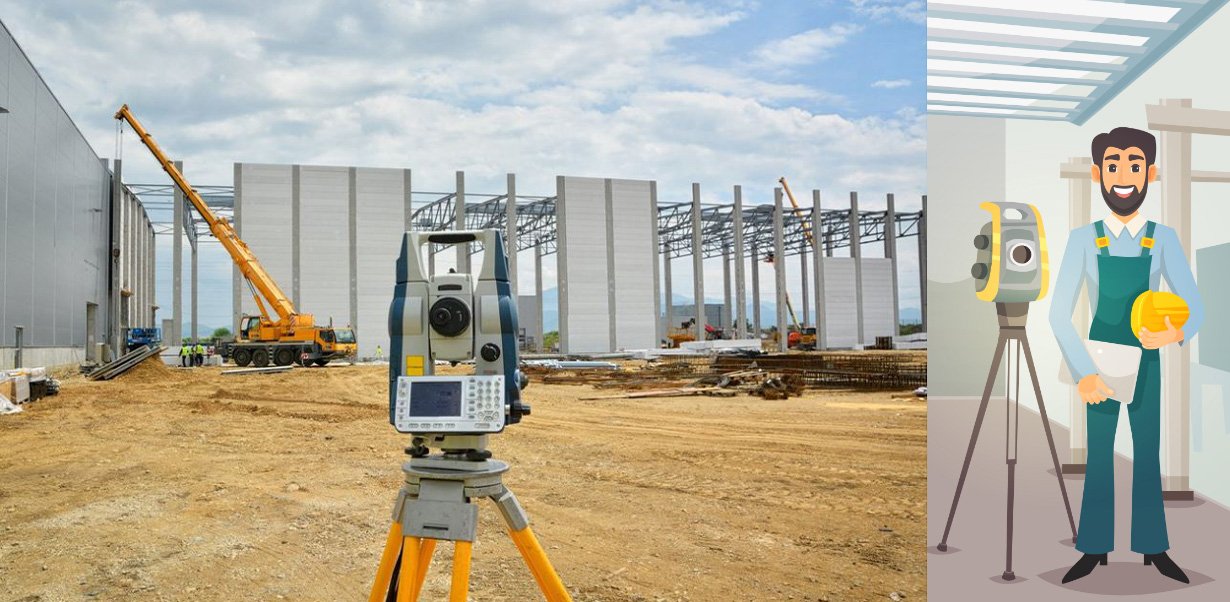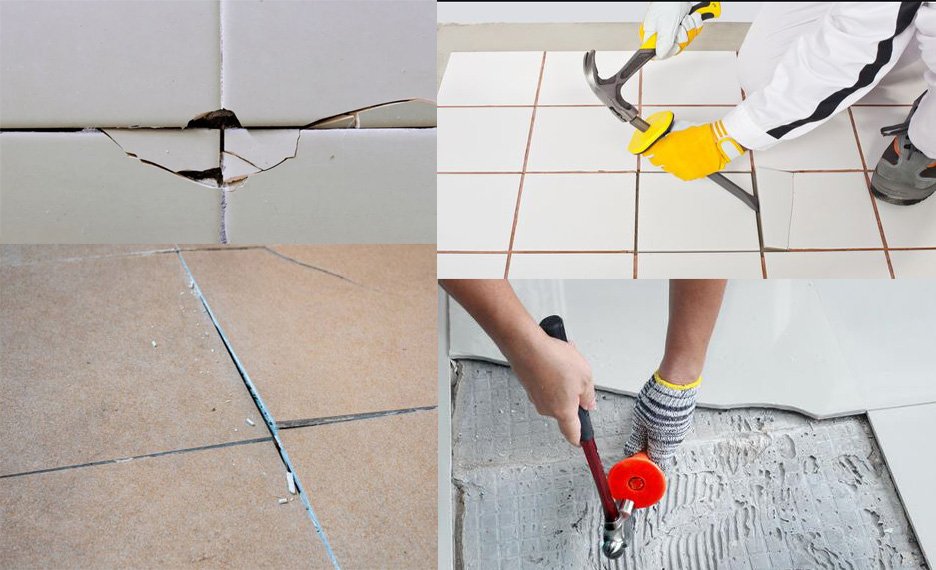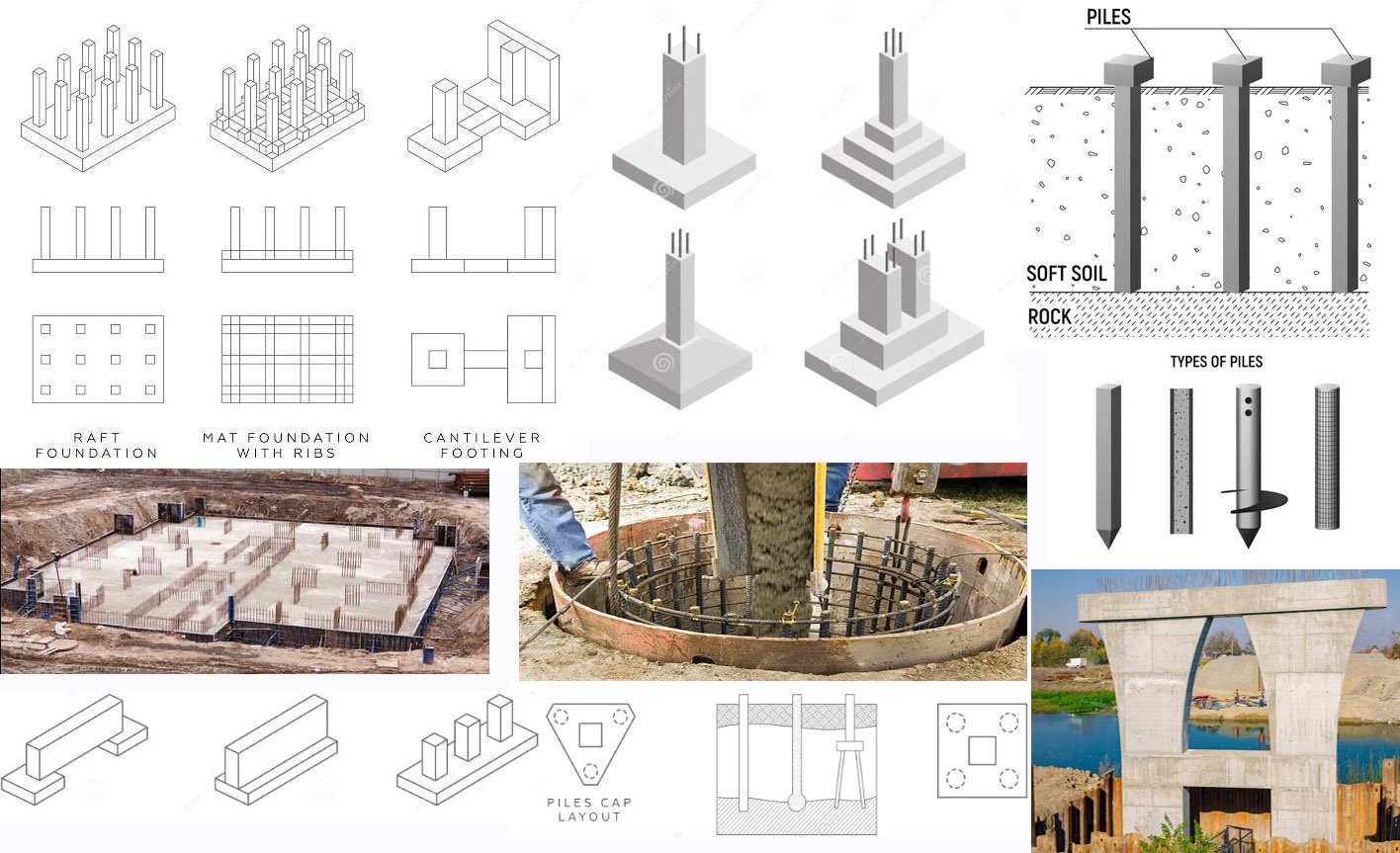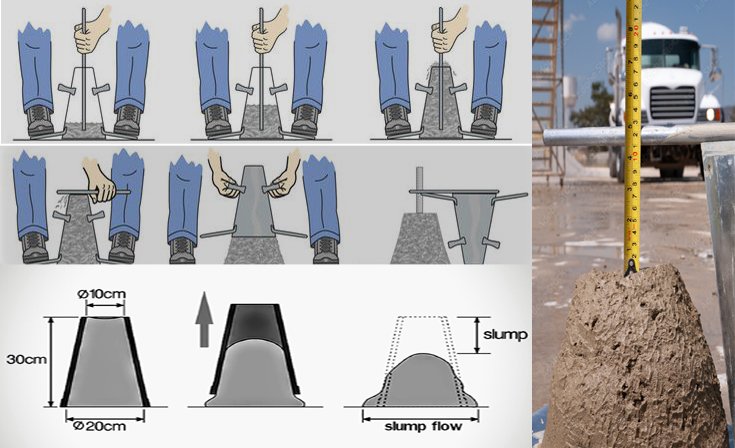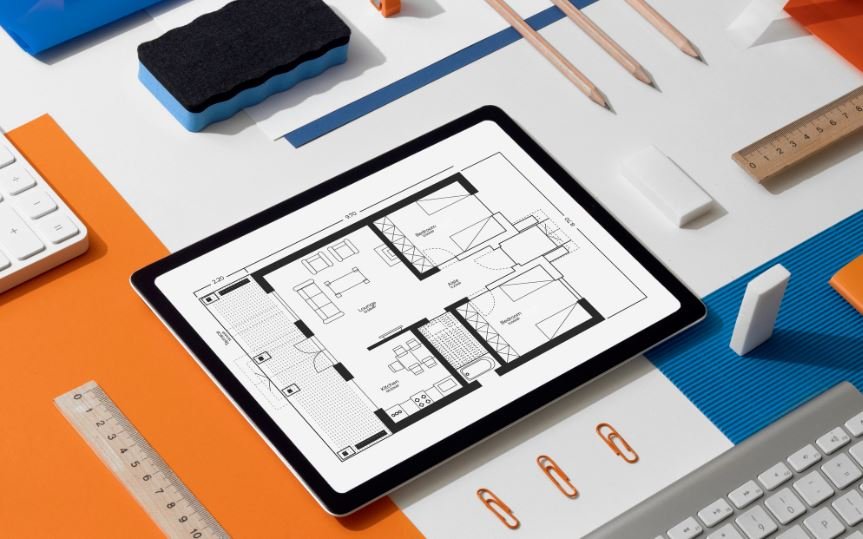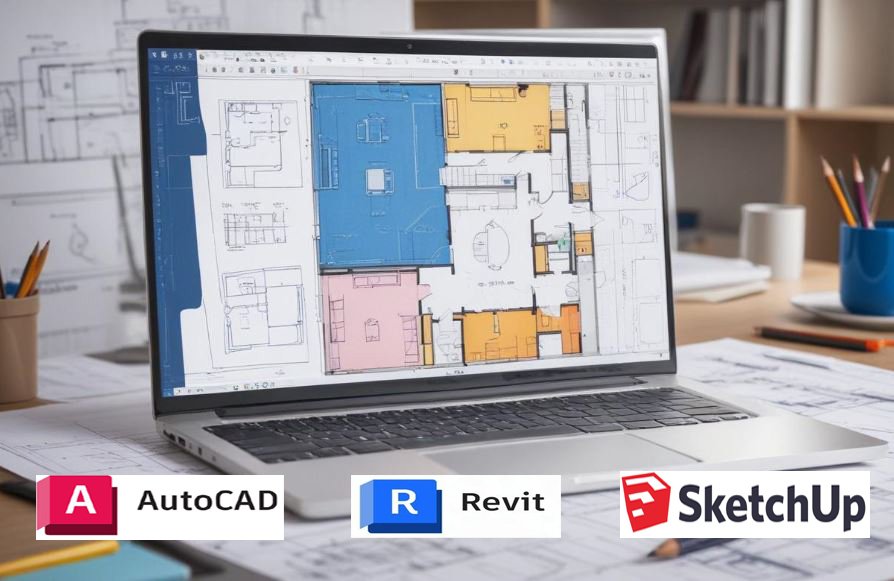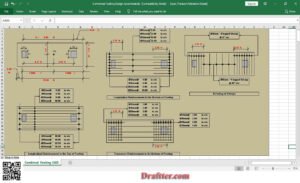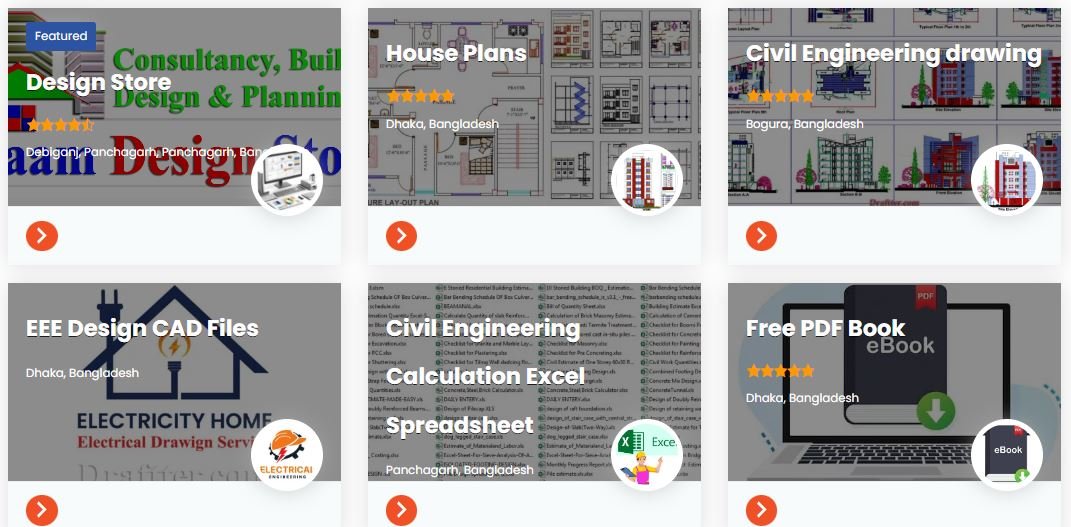A career as a drafter is a highly rewarding path for those who have a technical mind and an eye for detail. This complete guide describes the steps you need to take to become a successful drafter—education, essential skills, job prospects, and advancement opportunities.
What Does a Drafter Do?
The people who drew up the technical drawings and plans for everything from houses and skyscrapers to airplanes and microchips are called drafters, or CAD technicians. These workers translate their designs into actual 2D and 3D models using highly specialized software—defining them with such specifics that include dimensions, materials, and procedures to build everything.
Essential Steps to Becoming a Professional Drafter

Achieve a Diploma Degree or GED: This is the foundation for any drafter career path. Focus on math, science, and computer courses to build a strong base.
Graduate Education: Most employers will select certificate, associate degree, or bachelor’s degree holders in Drafting or related fields such as Architecture or Engineering Technology— though some jobs do require just a diploma degree with experience. Excellent drafting programs are offered at engineering universities and engineering colleges.
Essential Skills: You have to be able to use AutoCAD, Revit, and SolidWorks to say you can work with CAD software. Apart from software expertise, work to reach expertise in:
- Technical Drawing: Principles of drawing, projections, and GD&T.
- Math and Science: Application of mathematical formulas and scientific principles for accuracy in drawing.
- Communications: Interaction with architects, engineers, and construction teams.
- Problem-Solving: Identification and resolution of design issues or conflicts.
- Attention to Detail: Dedicating accuracy and precision to every stroke in a drawing.
Gain Experience: Seek internships and apprenticeships with architectural and engineering firms or manufacturing businesses. Gain practical experience and develop a portfolio. As these may come in the form of paid or unpaid gigs.
Certifications to Consider: While not mandatory, becoming a Certified Drafter (CD) through the American Design Drafting Association (ADDA) could enhance your professional standing and job opportunities.
Different Drafting Specializations:
The choice you make can greatly influence the path your career takes, but some of the popular fields include the following:
- Architectural Drafting: Preparing drawings for residential, commercial, and industrial buildings.
- Civil Drafting: Infrastructure projects, such as roads, bridges, or water systems.
- Mechanical Drafting: Drafts for machinery, tools, and mechanical implements.
- Electrical Drafting: Wiring diagrams and schematic drawings of systems for engineers.
- Aeronautical Drafting: Aircraft and associated aerospace component design.
Job Outlook and Salary:
Demand for skilled drafters is relatively stable. Opportunities are available in most industries. Salary varies by experience, location, and specialty. (Refer to the Bureau of Labor Statistics for current salary information.)
Is a Drafting Career Right for You?
If you enjoy working with hand drawing, have good spatial ability, and like to have a part in the design and construction of new and interesting projects, then a career in drafting may be just what you are looking for.
How can I gain practical experience related to drafting?
Practical experience may significantly enhance your employment opportunities. If possible, look for an opening or apprenticeship with some architectural firm, engineering concern, or manufacturing business. They provide training on live projects and help build a portfolio, increasing the chance of eyeing potential employers. Even personal projects using CAD software can prove your ability.
What are the career advancement opportunities for the drafter?
Given experience and more education, a drafter can become a senior draftsman, or leader of a team, or obtain a specialty in such areas as CAD management or BIM coordination. Many drafters move into designing or engineering positions or project management, thus providing a variety of career paths within the field.
Conclusion:
To become a drafter takes commitment and a love for accuracy. Take the following steps and continue developing your abilities and you will be able to enjoy a career bringing designs to life, actual structures, and innovations that shape our world. From the smallest microchip to the tallest skyscraper — this is whose work a drafter does; breathes life into a vision.



